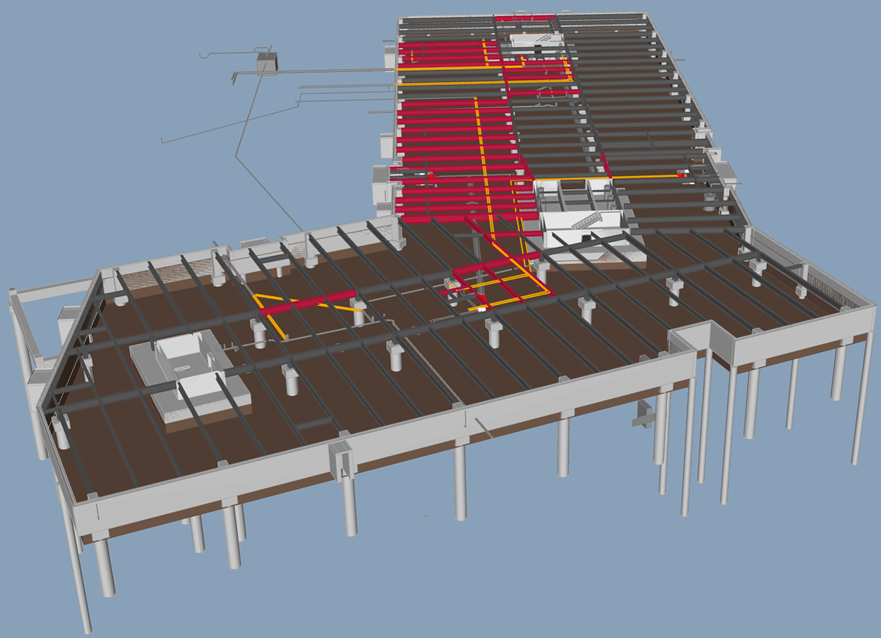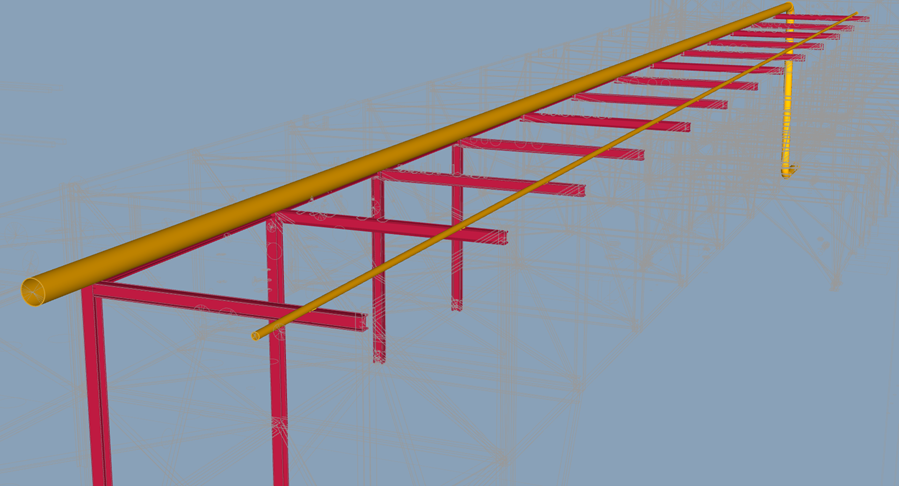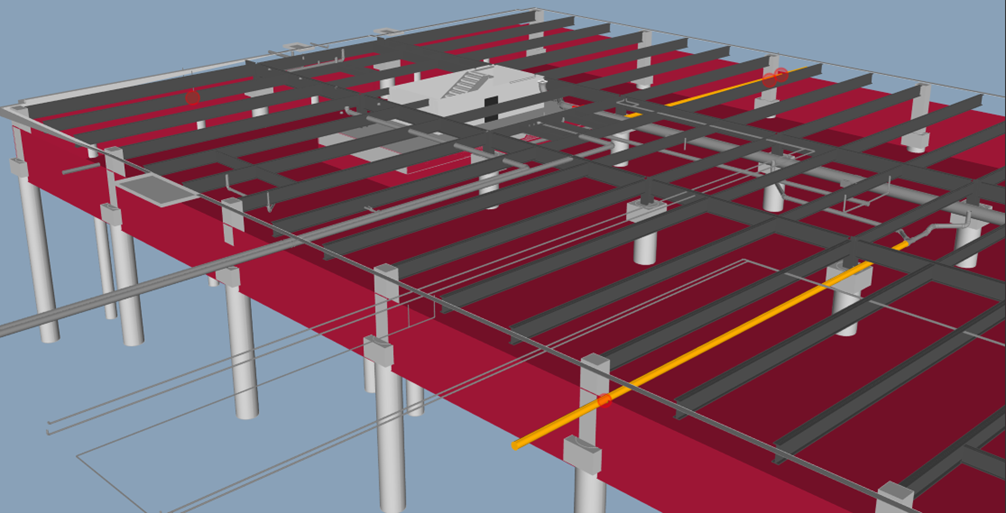The term project controls encompasses a wide breadth of actions and activities that take place from the very beginning of a project to the very end. There are many familiar topics that can be covered in project controls like cost management, virtual design and construction, planning, scheduling and risk, capital and contract management, field execution, document management, safety and quality management, and reporting analytics.
Yet projects of today are not the same as yesterday. They are more complex with additional demands in many aspects of the project and require better visibility to ensure a successful project execution.
How can virtual design and construction play a part in these complex projects and reduce the issues in the field and clear communication up front? In answering this question, it’s a good idea to first start with a solid understanding and work out from there.
What is VDC and Coordination?
VDC coordination is a process of aggregating together different discipline models and creating flexible rules to identify clashes between those disciplines. This happens by going through the process of grouping those interferences and assigning them to a responsible party and then tracking the progress of the resolutions to eliminate design issues before they reach the field. Coordination also encompasses the capture of field issues and the logging of those as RFIs to get them resolved as quickly as possible to as to not hinder field execution.
It’s important to note that this coordination process, as far as finding and resolving design clashes, is handled differently in different industries. In the power or oil and gas worlds, generally all the discipline design will be executed from within the same engineering firm. Some exceptions to this are on mega projects and specialty projects that may require a unique engineering proprietary design.
In this world, the clash detection and resolution will be conducted by the engineering firm before they submit “issued for construction” deliverables to the contractor. When we consider the vertical world, we will experience the same as previously mentioned when the project is a design build execution. Most, if not all, clash detection will be done by the engineering office. Yet, in a construction management executed project, the construction manager will conduct and manage any interferences between the different disciplines.
Still, no matter who is responsible for initiating and managing the interferences between design discipline, the focus is to resolve all design issue before they reach the field to eliminate delays and confusion in the field.
Best Practices in Coordination
Some design software runs clash detection behind the scenes which is very effective and makes for quick feedback during the design. A gap with that can occur because all disciplines may not be included in the design software, so there is still a need to aggregate the different discipline models into one environment to execute those clash rules and identify cross discipline issues.
Therefore, it is more efficient to break up your aggregated model into construction work areas with all disciplines represented in those areas. Then, you can create flexible rules to minimize the clash results that one would need to sift through to validate if they are a real clash or not. You can create rules so the results will present only clashes that need to be resolved.

As an example, piping within a pipe rack will lay directly on the steel members or be supported with pipe shoes in direct contact with the steel members. Creating a rule to check for collisions between pipe vs. steel will present numerous clashes. But we know that these are not really a clash, and so, we want to ignore these instances, so we are not wasting our time and efforts on known collisions. Because of this, you will want to create flexible rules to eliminate these types of issues.

Another example of un-useful clashes would be utilities needing to extend underneath and beyond a building. The building may have a vapor barrier in which the utilities would extend through creating clashes. Creating rules to ignore these types of clashes would be time saving with efficiencies gained.

Clash rules can also be setup to check for safety issues. For example, create a rule to validate that fire extinguishers are placed according to codes. Check that doors have their proper swing radius without impedance. Check that electrical equipment have the code allowable spacing and clearance. Check for explosion proof valves within code distance of natural gas flanges.
Extending the model into other project control areas
Now that you have created sections and work areas of your model to enable better communication with focused conversations and resolutions with coordination, why not take what you have already invested time into and gain even more without extra work or redoing what you have already developed?
These same models from coordination can be extended into other project controls areas, such as project cost management (model-based takeoff), planning scheduling and risk (model connected to advanced work packaging), field execution (model providing the visual of claiming and/or validating work executed), document management (link your document to the model), and more.
And I would argue that these mentioned activities should be done in the same model aggregated software opposed to pushing your project models into separate-model aggregated software to execute these different aspects of project controls.
Ready to take a deeper dive? Download the full report here, then schedule a one-on-one consultation to find out how InEight can help you succeed in your construction digitalization and modeling journey.
Sign up for our monthly blog newsletter today and stay up to date on the latest industry news.




